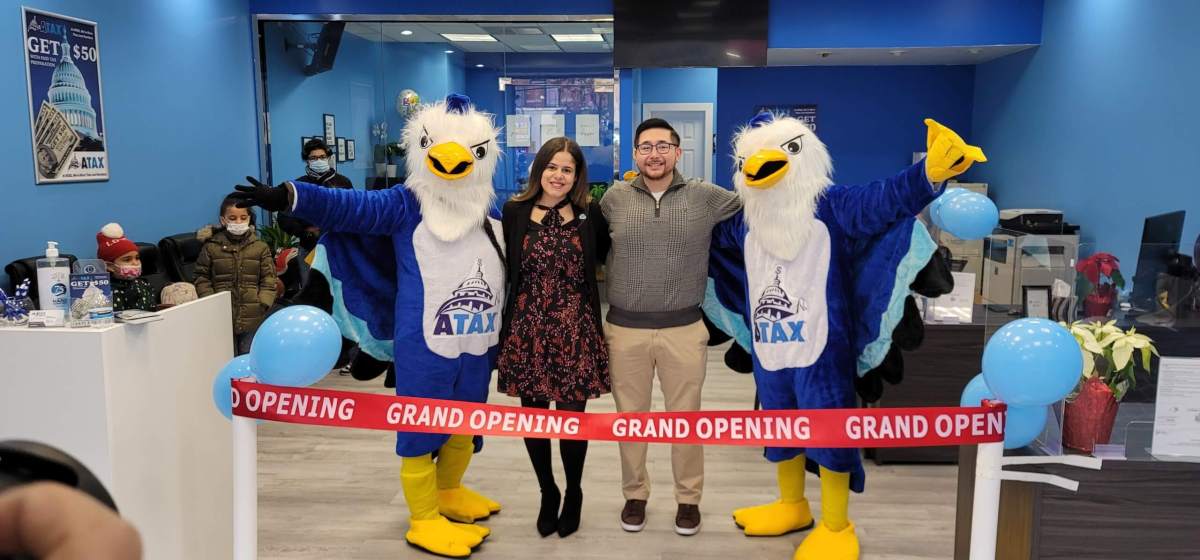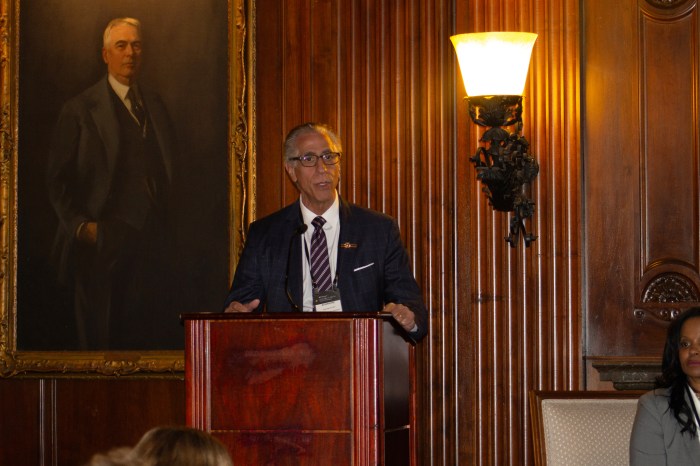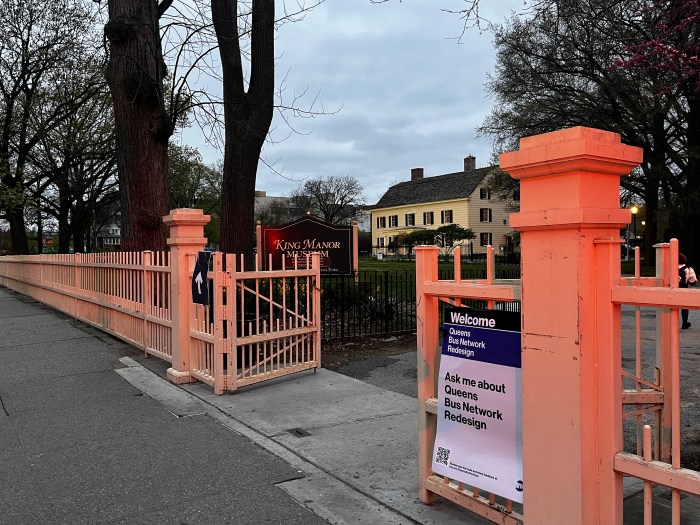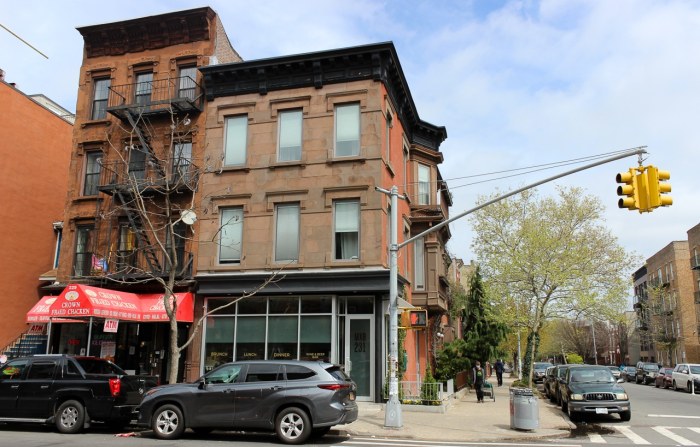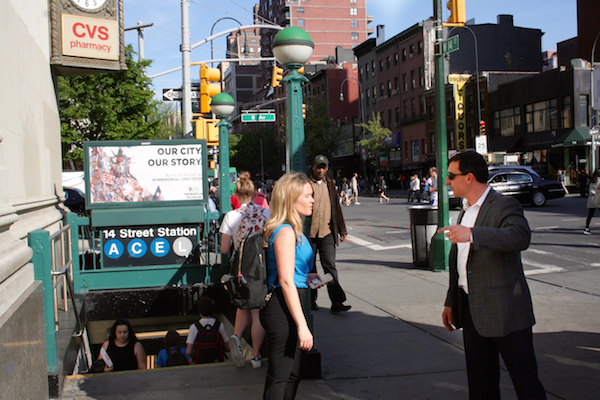
BY ALEX ELLEFSON | The apocalyptic L train shutdown is a go! The Metropolitan Transportation Authority (MTA) announced Monday it has decided to close the train tunnel between Brooklyn and Manhattan for 18 months in order to repair damage caused by Superstorm Sandy. The shutdown, which will prevent trains for traveling across 14th St., will occur no earlier than 2019.
The announcement ended a prolonged period where the agency floated two possible scenarios. One involved closing the tunnel completely for a year and a half. The other would close one of the tunnel tubes at a time — allowing trains to run, but at a significantly reduced capacity, and was expected to take twice as long to complete.
New York City Transit President Veronique Hakim said the 18-month closure “offered the least amount of pain to customers.”
“We think it is better to have a shorter duration of pain than a longer, more unstable process — and risk unplanned closures — by leaving one track open during construction,” she said in a statement.
The MTA is now tasked with developing transportation alternatives aimed at minimizing the impact on the estimated 400,000 people who use the L train daily. More than half of those riders travel under the East and 50,000 use the line for crosstown service in Manhattan.
State Sen. Brad Hoylman has called for closing portions of 14th St. to expedite bus service and sent a letter last month signed by 10 other legislators requesting MTA and the Department of Transportation (DOT) study ways to improve public transportation along the roadway during the L train disruption. Following the MTA’s announcement, the senator called on the agencies to move swiftly in coming up with a plan.
“With today’s announcement of a full 18-month shutdown, it’s imperative that both agencies act expeditiously to determine whether any changes to 14th Street above ground could help otherwise stranded straphangers,” he said in a statement.
The Community Board 4 (CB4) Transportation Committee drafted a letter supporting the MTA’s decision to close the tunnel during repairs. However, the committee expressed concern that aboveground changes could divert cars onto narrower residential streets. The letter urges the MTA and DOT to consider traffic calming measures to mitigate the impact of more congestion on surrounding roadways.
“In Manhattan, we have a lot of transportation options, so where we see a cause for concern is how the overflow of traffic from the 14th St. corridor will affect some of the smaller streets,” said CB4 Chairwoman Delores Rubin. “It is important for the MTA to work [with the DOT] to figure out the impact of those proposals.”
A DOT spokeswoman said the agency is prepared to work alongside the MTA in support of mitigation efforts.
The committee’s letter also proposes connecting another subway route to the L line in order to provide crosstown service. The letter acknowledges the project would be expensive, but would mitigate some of the traffic disruptions expected to arise by removing the L line in Manhattan.
The MTA said it is in the process of engaging stakeholders to develop alternative service plans. The agency already intends to add additional trains on the M, J, and G lines to accommodate the expected surge in ridership.
The MTA hosted four meetings since May in communities along the L line, including one for the neighbors living along 14th St. The town halls allowed for public engagement on some of the solutions proposed by the MTA.
When announcing the closure of the tunnel, MTA Chairman and CEO Thomas F. Prendergast said the agency is “committed to working with the community just as closely as we develop ways to add service to help minimize the impacts of the closure.”
Prendergast added that “there is no question that repairs to the Canarsie Tunnel are critical and cannot be avoided or delayed.”
The L train’s path under the East River — called the Canarsie Tunnel — was one of nine underwater tunnels that required rehabilitation after being flooded during Superstorm Sandy, the MTA said. The Montague Tunnel used by the R line was closed for 13 months and the G line tunnel under Newtown Creek was closed for two months for repairs.
The MTA said damage to the Canarsie Tunnel is extensive and requires mending signals, switches, power cables, tracks, signal cables, communication cables, lighting, and cable ducts. Additional work must also be done protect the structural integrity of the route.
While the tunnel is repaired, the MTA said it will also rehab some of the stations along the L line — such as adding new stairs and elevators at the 1st Avenue station. Additional work will also provide additional electric power to allow more trains to operate on the line during rush hour, the agency said.












